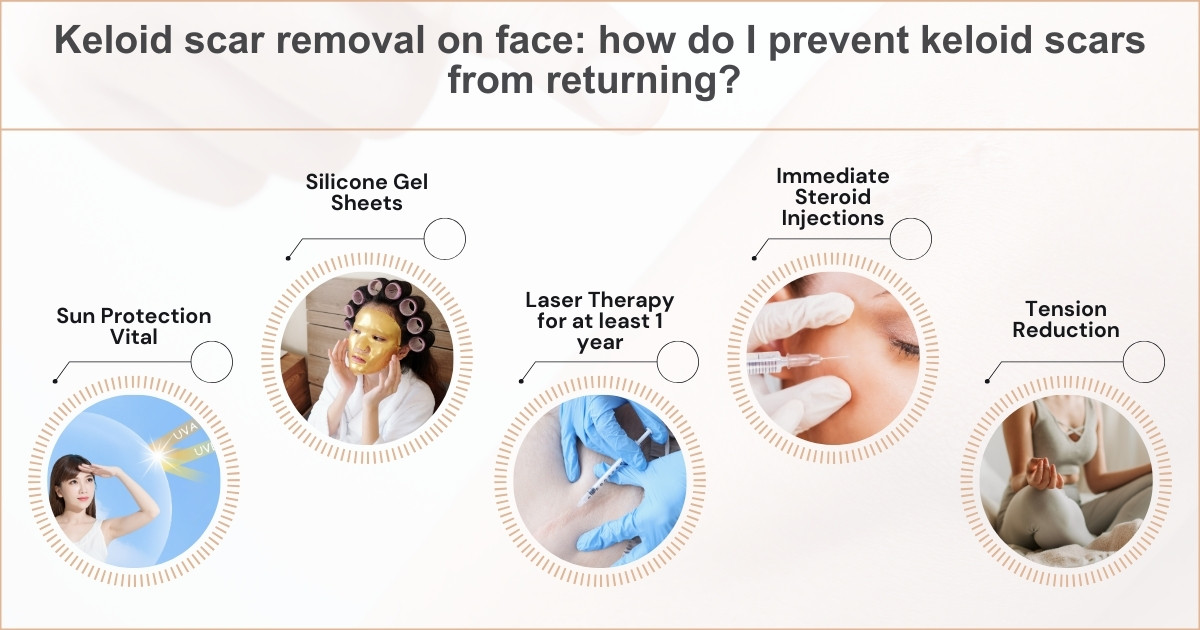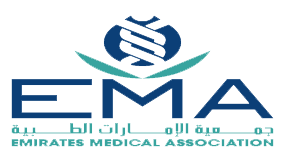Keloid scars on the face can be a source of discomfort and self-consciousness for many. These raised, often large scars occur when the skin overreacts to trauma and creates excess tissue. Fortunately, advancements in dermatology have made keloid scar removal on the face more accessible and practical. This article delves into various treatments, offering insights into their work and suitability for different skin types.
Keloid scar removal on face: How effective is it?
Keloid scar removal procedures on the face can be very effective, depending on the method used. Results vary based on the size and location of scars.
Dubai Keloid Solutions is a place where they help people get rid of keloid scars, making their skin smooth again. it’s like a special doctor’s office in dubai just for treating these types of scars.
- Success rates between 50-100% reported depending on the technique
- Recurrence rates average 45-100% with surgery alone
- Combination therapies are more effective for reducing recurrence
- Multiple treatments are often required for the best results
- Effectiveness depends on genetics, wound cause, scar thickness
Keloid scar removal on face: Is laser treatment an option?
Laser therapy is considered an excellent alternative to surgery for removing facial keloid scars.
Book A Consultation With Dr Shehzadi Tasneem
Top-rated Plastic Surgeon For Keloid in Dubai
Installment Plan Available
| Laser Type | Wavelength | Effects | Sessions Needed |
| PDL | 585 nm | Reduces redness | 3 to 5 |
| Nd:YAG | 1064 nm | Penetrates deep scars | 5 to 10 |
| Fractional CO2 | 10600nm | Ablates top layers | 3 to 5 |
| Excimer | 308nm | Softens hypertrophic scars | 6 to 10 |
Standard lasers used for treating facial keloids work by selective photothermolysis and vaporisation. Multiple treatments are needed based on scar thickness. Combination therapy with surgery steroids improves results.
Keloid scar removal on the face: What is the recovery time?
Recovery time varies based on the type of procedure. From start to finish, it can take 3 weeks to 6 months for complete facial keloid scar removal to heal.
- 1-2 weeks rest needed post-surgery
- Swelling, bruising persists 1-2 weeks
- Return to regular activity in 2-4 weeks
- Use sun protection, silicone gel for 6 months
- Monitor for recurrence for at least 1 year
Keloid scar removal on face: Will it leave a scar?

Most facial keloid removal techniques will leave some scar tissue, which should be flatter and less noticeable over time. Combination therapy helps minimise scarring.
- Incisions from surgery leave permanent scars.
- The final scar depends on wound size, depth
- Scars continue maturing for 12+ months
- Sun protection reduces scarring
- Silicone gel sheeting helps flatten
Keloid scar removal on the face: What are the side effects?
Common temporary side effects include redness, swelling, bruising, pain, itching, and skin discolouration. Long-term issues involve recurrence, wrinkling, and infection.
- Short term: swelling, pain, bruising, bleeding
- Long-term: recurrence, wrinkling, skin texture changes
- Pigmentation changes possible
- Infection risk from surgery
- Increased facial hair (rare)
Keloid scar removal on face: Is surgery necessary?
Surgery is usually required at some point for permanent keloid removal from the face. It is rarely effective alone and followed by other treatments.
- Excision alone has high recurrence rates**
- Works best combined with other modalities
- Allows precise scar removal
- Creates new wound needing follow-up treatment**
- Anaesthesia requirements vary
Keloid scar removal on face: What nonsurgical options work?
Nonsurgical options like steroid injections, laser therapy, cryotherapy keloid removal, and silicone gel can help treat facial keloids. Effectiveness depends on scar size, depth, and cause.
- Steroid injections and laser therapy are the most common
- cryotherapy keloid removal is better for small, superficial keloids
- Silicone gel and sheets help flatten
- Electron beam radiation is an option
- Medications usually combined with surgery
Keloid scar removal on face: How long do results last?
Results from facial keloid removal can last for years but depend on proper aftercare and recurrence prevention. Maintaining results involves protecting scars from the sun and massaging with silicone gel. Ice Therapy for Scar Reduction is a cool way to help lessen the appearance of scars. It’s like giving your scar a chilly little massage to make it look smaller! Keloid Scar Prevention: Quick Skin Tips is all about learning how to stop thick, puffy scars from forming on your skin. It’s like a guide to keep your skin smooth and scar-free!
Eliminating Aged Keloid Scars means getting rid of old, raised scars that have grown larger than the original wound. It’s like removing old, bumpy skin marks that have been there for a long time.
- 50% recurrence in first 6 months if untreated
- Lasting results require at least one year of treatment
- Sun protection tension reduction is important
- Continued use of silicone gel, steroids
- Monitor regularly for new growth
Keloid scar removal on face: how do I prevent keloid scars from returning?

Preventing the recurrence of facial keloid scars requires diligent aftercare, like silicone gel use, tension reduction, corticosteroid injections, and laser therapy. Sun protection is also key.
- Strictly avoid sun exposure on healing scars
- Wear sunscreen daily and protective clothing outside
- Use silicone gel sheets over scars
- Consider laser treatments for at least 1 year
- Get steroid injections at the first sign of recurrence
Keloid scar removal on the face has come a long way, offering hope and solutions to those affected. Individuals can achieve smoother, healthier-looking skin with the right approach and expert advice. It’s essential to consult with a dermatologist to determine the most appropriate treatment based on individual needs and skin type. Remember, each journey towards healing and recovery is unique, and taking the first step towards keloid scar removal is a positive move towards regaining your confidence.
Dr Shehzadi Tasneem Sultan, a distinguished plastic surgeon, excels in body contouring and facial rejuvenation. After graduating from Allama Iqbal Medical College and holding a fellowship in plastic surgery, she has honed her skills in prestigious institutions across the UK and UAE. Her extensive experience in both surgical and non-surgical treatments, including paediatric plastic surgery and microsurgery, is complemented by her membership in notable medical associations and continuous professional development.Explore cutting-edge Keloid Scar Revision solutions in Dubai, customized to your unique needs with our expert cosmetic procedures.
If you are considering aesthetic enhancement or surgical care, book a consultation with Dr Shehzadi Tasneem Sultan today! Her expertise in delivering natural, safe results, backed by a patient-centric approach, ensures you receive the highest standard of care. Let Dr Sultan guide you towards feeling your best.
Explore the expertise of the renowned Dr. Shehzadi Tasneem, acclaimed as the best female plastic surgeon in Dubai for transformative and personalized cosmetic enhancements.












